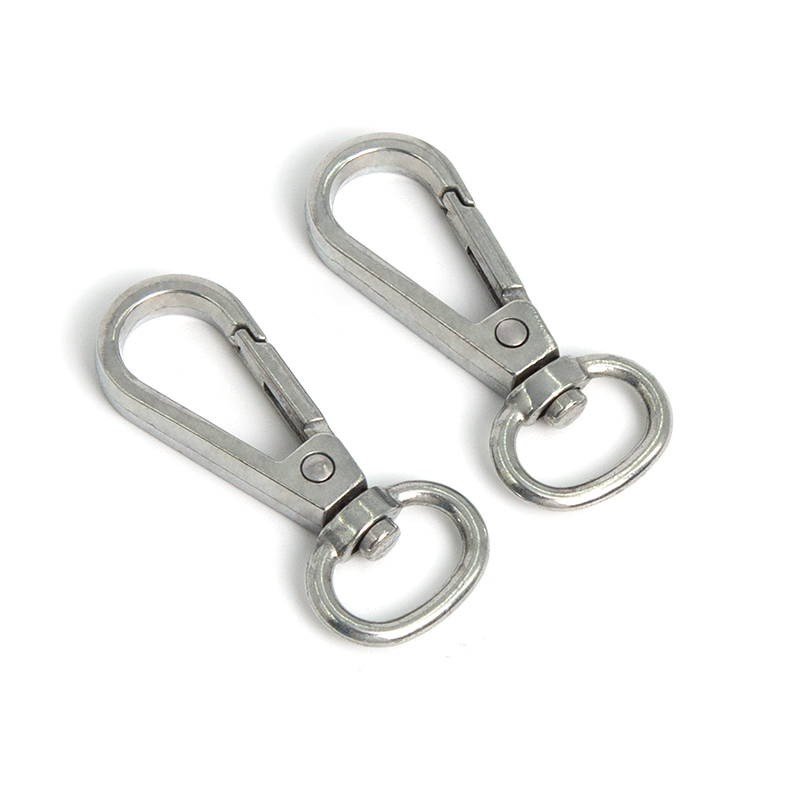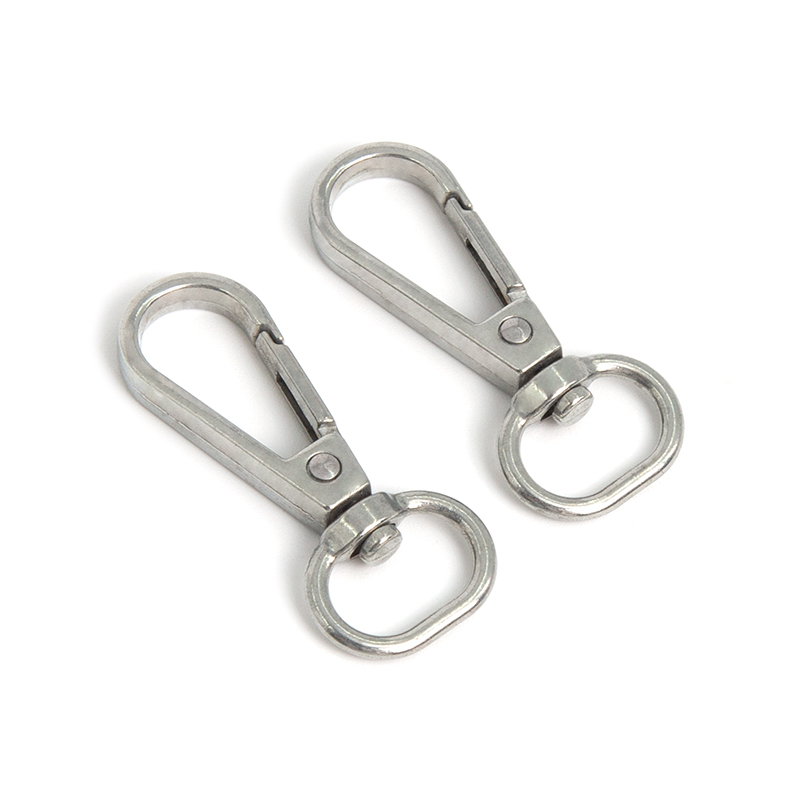Can the impact resistance of zinc alloy bag accessories reduce the risk of damage during daily use?
Release Time : 2025-08-14
Bag accessories are frequently touched in daily use. Frequent impacts such as collisions and crushing can easily damage them, impacting the lifespan and functional integrity of bags. Zinc alloy bag accessories, with their excellent impact resistance, can effectively withstand the various external forces of daily use, significantly reducing the risk of damage and providing reliable structural protection for bags.
The inherent mechanical properties of zinc alloy provide the foundation for this impact resistance. Zinc alloys are composed of zinc as a matrix, with aluminum, copper, and magnesium added to form the alloy. This alloy retains the strength advantages of metal while reducing brittleness through alloying. Compared to pure zinc or other low-strength metals, zinc alloys have a higher elongation and absorb energy through plastic deformation rather than direct fracture when impacted. This "impact-resistance through deformation" property makes accessories less susceptible to cracking or shattering in the event of a collision, inherently reducing the potential for damage.
Precision die-casting further enhances the impact resistance of zinc alloy bag accessories. Zinc alloy accessories are formed in a single die-cast process, eliminating structural weaknesses associated with welding and splicing. The seams of traditional assembled accessories are often weak links in impact resistance, prone to loosening or breaking under impact. However, die-cast, one-piece accessories offer a uniform, continuous structure and more optimal stress distribution. When subjected to external forces, the impact force is evenly distributed through the integrated metal structure, rather than concentrated in a single weak spot, thus reducing the risk of localized damage.
The wall thickness design and optimized structure of zinc alloy accessories enhance targeted impact resistance. Based on the stress characteristics of different bag accessories, zinc alloy accessories utilize differentiated wall thickness designs: thicker walls are added at high-stress locations such as handle connections and buckles to create a reinforced structure, while decorative areas are kept appropriately thin, balancing weight and aesthetics. This targeted design enhances impact resistance at critical stress points, ensuring that areas most vulnerable to daily use can withstand greater impact and reduce the overall risk of damage.
Surface treatments further enhance the impact resistance of zinc alloy accessories. Zinc alloy bag accessories typically undergo surface treatments such as electroplating, painting, and anodizing. These treatments not only enhance aesthetics but also form a hard, protective coating on the accessory surface. When accessories are subjected to impacts such as friction and collisions, the surface protective film initially absorbs some of the force, minimizing direct damage to the base material and reducing the likelihood of cosmetic damage such as scratches and dents, ensuring the accessory maintains its structural integrity and aesthetic appearance over long-term use.
Zinc alloy's fatigue resistance reduces cumulative damage caused by repeated impacts. Bag accessories are not subject to single, intense impacts in daily use, but rather to repeated, mild impacts. This cumulative effect can easily lead to metal fatigue damage. Zinc alloy exhibits excellent fatigue resistance, resists microcracks under repeated stress, and maintains structural stability over time. Whether it's a frequently opened and closed bag clasp or a handle that's repeatedly carried, these accessories remain functional despite repeated impacts, minimizing failures caused by fatigue damage.
The impact resistance in low-temperature environments expands reliability across a wide range of applications. While some metals become brittle and their impact resistance degrades at low temperatures, zinc alloy maintains stable mechanical properties over a wide temperature range. Even in cold weather, bag accessories are resistant to brittle fractures when impacted, preventing fluctuations in impact resistance caused by temperature fluctuations. This effectively reduces the risk of damage and ensures the normal use of bags in various climates.
Compared to other materials, zinc alloy accessories offer a more cost-effective approach to impact resistance. Compared to materials like pure copper and stainless steel, zinc alloy offers excellent impact resistance while being lighter and more cost-effective. This superior cost-effectiveness has led to the widespread adoption of zinc alloy accessories in a wide range of bag products, meeting the impact resistance requirements of daily use without excessively burdening users or increasing their financial costs, achieving a balance between practicality and affordability.







